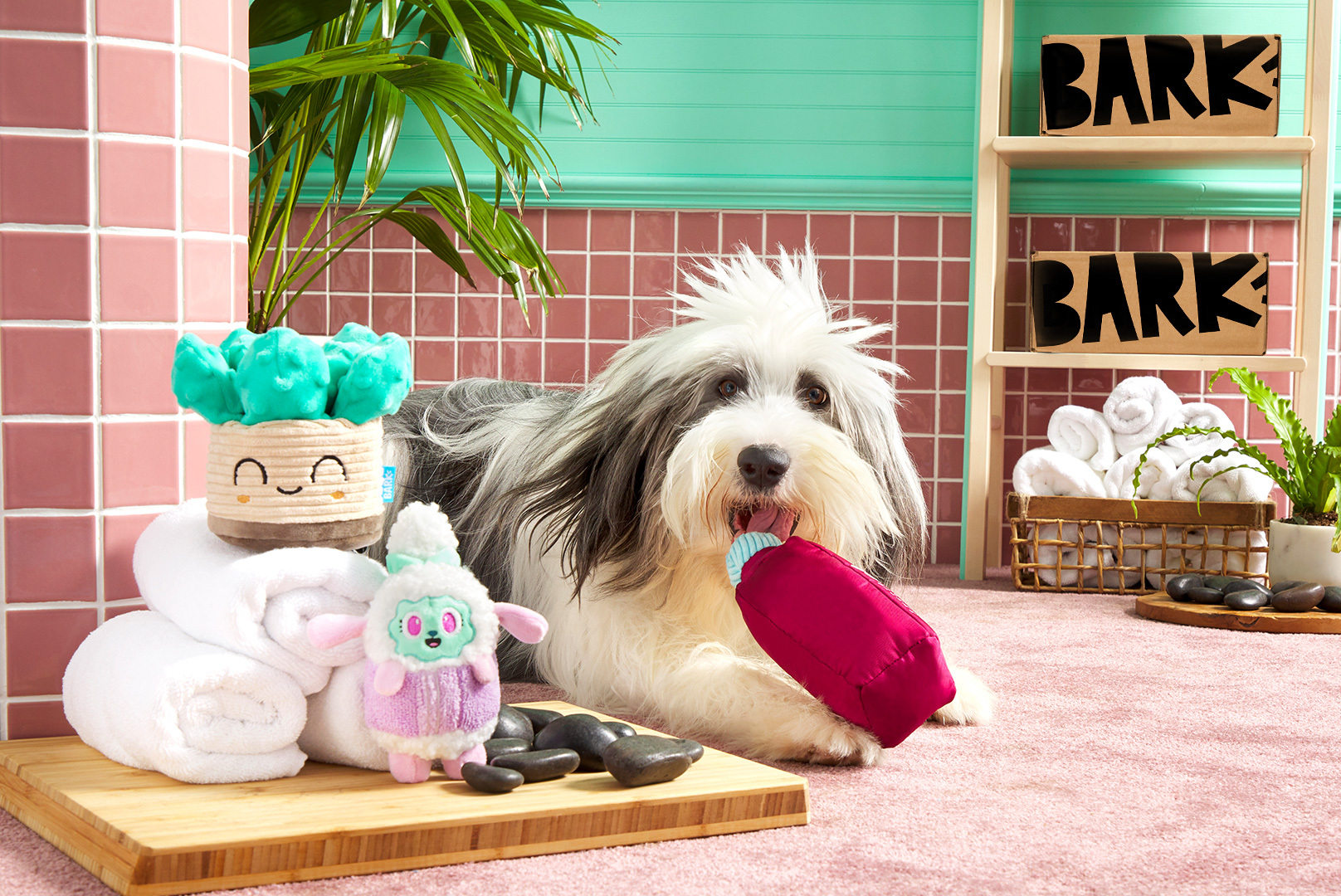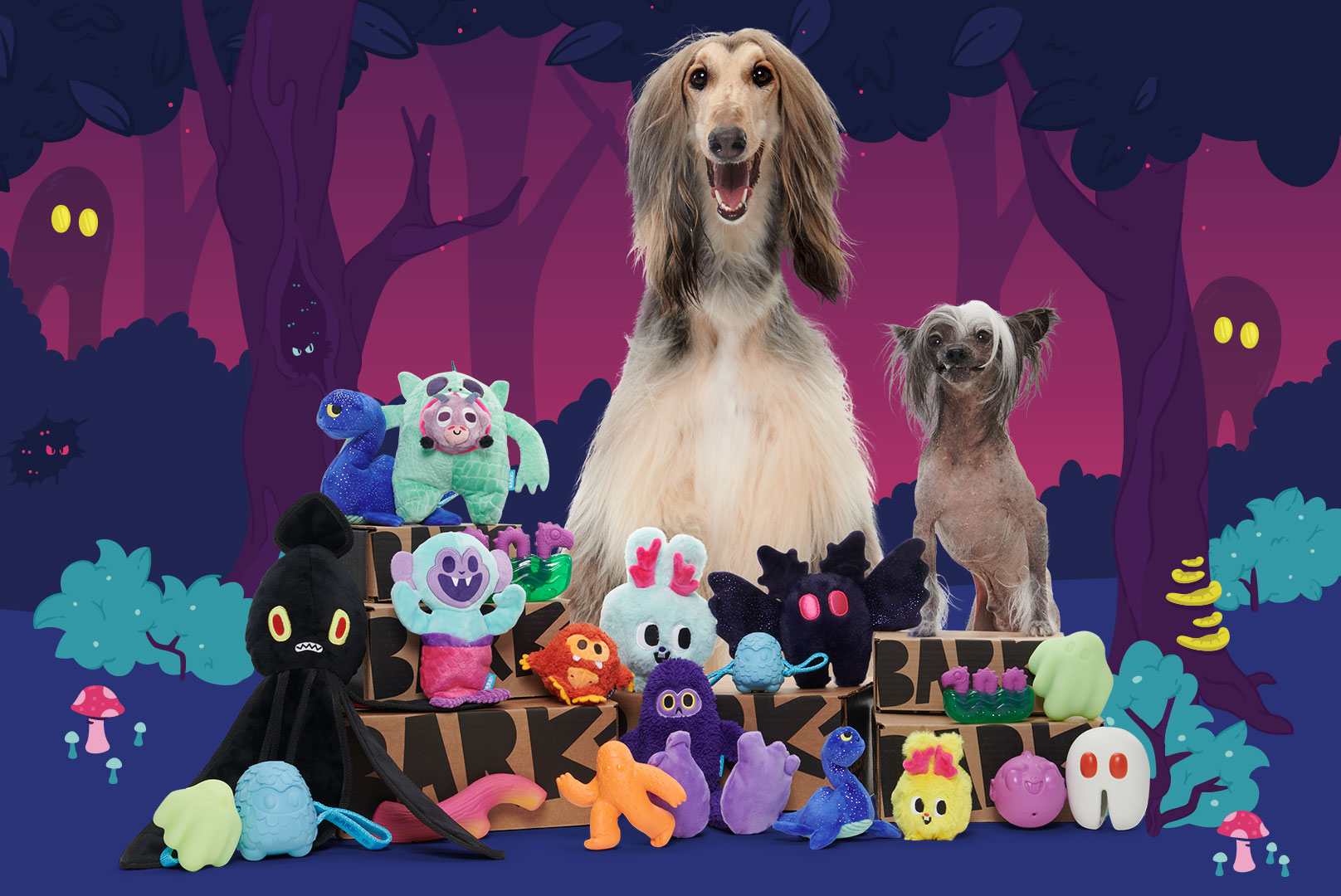Small, sweet, and snow-white, the Maltese is a picture of poise and pizzazz in a pretty little package. The keyword here is pretty—these ornamental pups have been winning dog shows for decades.


When it’s in “show mode,” the Maltese’s characteristic floor-sweeping coat is a sight to be seen. When it’s in “sport mode,” you’d easily lose your pup in a pile of teddy bears. No matter how you groom your Maltese puppy, one thing’s for certain: you have a cute and cuddly little dog on your hands. And on your couch.
But don’t think the Maltese dog is only a looker. These mini mop-tops are playful, personable, and oh-so loyal. If you’re looking for a charming companion, you’ve found it.
Breed Overview
Also Known As…
Maltese dog. Ye Ancient Dogge of Malta. The Swiffer with a sniffer. “Who took a hair straightener to that tiny lamb?”
What Is The History Of The Maltese?
For such a tiny pup, the Maltese has sparked a massive debate in the dog breed historian community. Some say Malteses have been around for thousands of years; others say this wonderful white dog is a more recent creation.
The truth lies somewhere in the middle. True, there are ancient paintings with little white dogs that look like Malteses. And the breed name itself—named for the island of Malta, a famous crossroad of civilizations during antiquity—also lends itself to the idea that the Maltese is a millennia-old mutt. Indeed, dogs like the Maltese have long been fluffy favorites.
But the genetic information tells somewhat of a different story. In its current form, the Maltese we know and love today has probably only been around for a few hundred years.1 As with all modern breeds, the Maltese is the product of careful canine crossing. At a certain point, those intrepid early breeders landed on a pooch they liked, and the rest is (recent) history.
At the end of the day, we can say a few things about the Maltese’s history with relative certainty:
- The Maltese’s lap-loving ancestors go back thousands of years.
- A “Maltese Lion Dog” was exhibited at the first Westminster dog show in 1877.1
- The present-day Maltese is just as cute as (if not cuter than) the pups in those stuffy old paintings.


How Big Do Malteses Get?
Height: 7–10 inches
Weight: 6–9 pounds
How Long Do Malteses (Generally) Live?
Like the Chihuahua or any other toy breed, the Maltese has a longer lifespan than your average mid-sized or massive mutt. In general, you’re looking at a solid 12 to 15 years with your canine bestie.
What Is A Maltese’s Temperament & Personality Like?
Among family and friends, Maltese dogs are all affection. Don’t be surprised to find yourself glued to the last chair you sat in—your lap won’t be vacant for long.
With that said, these aren’t lazy lounge lizards. Au contraire, mon ami. Your Maltese puppy will work to earn its keep, usually as an amateur watchdog. Despite its size, the Maltese is known as an alert animal with a protective streak. Sure, your fluffy white friend probably won’t win any fights. But with enough barking, they might just scare off the neighborhood cat burglar (or the neighbor’s cat, for that matter).
Overall, the Maltese breed is the dictionary definition of “all bark, no bite.” As long as they receive a proper introduction (with a small dog treat included, ideally), they’ll love anyone they meet.
Are Malteses Good With Kids? Cats? Dogs?
As tiny tykes themselves, most Malteses fare well with kids of all ages. Due to their shorter stature, they may see a toddler thundering toward them as a cause for alarm, but in general, you can’t go wrong pairing your munchkin with a Maltese. As always, supervise your kids around canines to avoid any accidents.
With cats, the outcome is usually the same. Maltese dogs were never hunters of prey, so they lack the instinct that sees felines as tasty treats. What’s more, because Malteses are roughly the same size as your typical tabby, there’s rarely that feeling of an off-kilter power dynamic that leads to scrapping and scratching. Most Malteses should have no trouble getting along with a cat, especially if introduced to them at an early age.
Other dogs will also receive a similar treatment. While each canine has unique quirks and dislikes, the average Maltese is a puppy-pleaser. As with kids and cats, a little adult supervision during doggo meet-ups goes a long way.


Do Malteses Need A Lot Of Exercise?
After a long history as a lovable little dog, you might expect the Maltese to be more of a “lounge around all day” kinda pup. You’d be wrong. The Maltese takes the “toy” part of its breed group name seriously; these energetic sweethearts often love to play.
The type of play, however, doesn’t need to be too pulse-pounding. A quick game of fetch, a walk around the block, or a romp in the backyard is usually enough for a Maltese’s lil’ legs.
Ultimately, your Maltese shouldn’t need more than 30 minutes of cardio per day.
Are Malteses Hard To Train?
Although they have tiny heads (and therefore even tinier brains), Maltese are moderately intelligent mutts. With some patience and consistency—and a fistful of treats—you can train a Maltese to tackle most tricks. Follow an even more disciplined training regimen, and you could have the next obedience or agility champion at the end of your leash.
Regardless of your training aspirations, you should prepare for a bit of pushback. Like the bull terrier, the Maltese has a reputation for being slightly stubborn. For that reason, your pup may benefit from obedience classes, though they’re far from essential.


Do Malteses Have Health Issues?
As with every dog breed, the Maltese has a personalized list of potential dog health issues. Smaller dogs tend to be healthier, and the Maltese is no exception. Still, there are a few problems to watch out for, which include:2
- Dental issues
- Cataracts
- Entropion (in-turned eyelids)
- Heart disease
- Hydrocephalus (excess fluid in the brain’s ventricles)
- Luxating patellas (kneecaps sliding out of place)
Thankfully, most of these conditions are screened for and manageable when spotted early. By taking your Maltese to the vet on a regular basis—ideally once every six months—you can catch any sign of sickness before it worsens.


Do Malteses Need To Be Groomed?
As a low-shedding breed, the Maltese dog is ideal for those with allergies. However, with minimal shedding comes maximum grooming requirements.
Every few months, you’ll need to bring your Maltese into the groomer’s (or familiarize yourself with a set of shears). More frequent touch-ups may be necessary if you like to keep your Maltese’s silky coat at floor level.
Along with the occasional trim, your Maltese—like all dogs—will need regular routine care in other areas. Other grooming responsibilities include:
- Brushing their teeth
- Clipping their nails
- Cleaning around their ears and eyes
How Much Does It Cost To Care For A Maltese?
Because of variations in the cost of living, unforeseen expenses, and personal preferences, we can’t tell you exactly how much Maltese ownership will cost you. As a rough estimate, you should budget at least $1400+ per year to adequately care for your beloved buddy.
Let’s break down where all that cash ends up.
Food
Tiny tummies don’t need too much in the way of kibble. On average, you’ll likely feed your Maltese less than a cup of dog food per day. Expect a monthly cost of $40 to cover that canine chow.
Did you know that BARK makes breed-specific food for each dog breed—and gets it approved by veterinarians and shipped to your doorstep? Get 25% off and free shipping with code 25FOOD!
Routine Vet Care (Healthy Dog)
Like their owners, all dogs should go for routine checkups, whether they’re sick or not. If possible, aim to take your Maltese to the vet once every six months.
Healthy dogs won’t need much more than the basics:
- Vet appointment fee ($40–70)
- Vaccines ($20–30/dose)
- Heartworm medications ($40)
Preventative Medications For Malteses
Aside from the vitamins and minerals, you’ll find in high-quality dog food, there’s not a ton of preventative medicine to give your Maltese. However, one medication you shouldn’t forgo is flea and tick prevention.
Found in either treat or ointment form, flea and tick medication is a must for any outdoor doggo. About $110/year is a small price to pay to keep tiny pests from hitchhiking on your Maltese’s back.
Maltese Grooming
Unlike notorious shedders (such as the chow chow or Samoyed), Malteses require haircuts. If you don’t want to risk a botched at-home cut, consider taking your pooch to a groomer; they’ll generally charge you $50–80 for a cut. A show-ready, floor-kissing trim—ribbons and all—may run you a little extra.
Toys, Treats, Beds, & Accessories
And the rest of your budget goes to the fun stuff! We’re talking toys ($50/year). We’re talking treats ($70/year). Because it’s impossible to say “no” to those kind, dark eyes, expect to spend a fair share of cash on this category.
Feeling like really spoiling your little sweetheart? Enter BarkBox. A $23/month subscription lands you 2 bags of treats, 2 ultra-fun toys, and a tasty meaty chew. Up it to $29/month, and you’re in Super Chewer territory. Every month, you’ll receive 2 treat bags, 2 durable toys, and 2 whole meaty chews. And now, GET YOUR FIRST BOX FREE.
Aside from the exciting treats (edible or otherwise), you’ll want to pick up the following for your Maltese:
- Collar (~$15)
- Dog bed ($30–80)
- Food and water bowls ($20)
- Leash ($15–25)
- Nail clippers ($8–13)
Sources:
- The New York Times. How Old Is the Maltese, Really? https://www.nytimes.com/2021/10/04/science/dogs-DNA-breeds-maltese.html
- The People’s Dispensary for Sick Animals. Maltese. https://www.pdsa.org.uk/pet-help-and-advice/looking-after-your-pet/puppies-dogs/small-dogs/maltese





